Thickness/Drum Sander questions.
cuda71
16 years ago
Related Stories

GREEN BUILDINGConsidering Concrete Floors? 3 Green-Minded Questions to Ask
Learn what’s in your concrete and about sustainability to make a healthy choice for your home and the earth
Full Story
GREAT HOME PROJECTSWhat to Know Before Refinishing Your Floors
Learn costs and other important details about renewing a hardwood floor — and the one mistake you should avoid
Full Story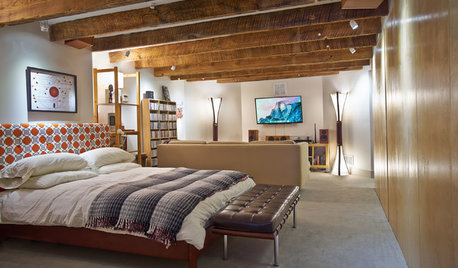
BASEMENTSRoom of the Day: Swank Basement Redo for a 100-Year-Old Row House
A downtown Knoxville basement goes from low-ceilinged cave to welcoming guest retreat
Full Story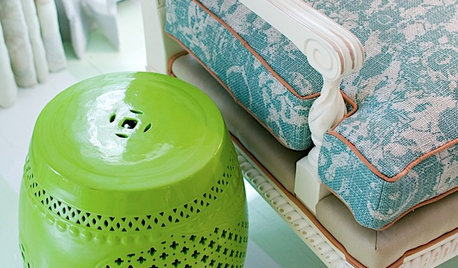
DECORATING GUIDESThe Most Helpful Furniture Piece You May Ever Own
Use it as a table, a seat, a display space, a footrest ... and indoors or out. Meet the ever-versatile Chinese garden stool
Full Story
CONTAINER GARDENSContainer Garden Basics: How and When to Water Potted Plants
Confused about soil moisture, the best time to water and what watering device to use? This guide can help
Full Story
REMODELING GUIDESWisdom to Help Your Relationship Survive a Remodel
Spend less time patching up partnerships and more time spackling and sanding with this insight from a Houzz remodeling survey
Full Story
HOUSEKEEPINGHow to Clean Hardwood Floors
Gleaming wood floors are a thing of beauty. Find out how to keep them that way
Full Story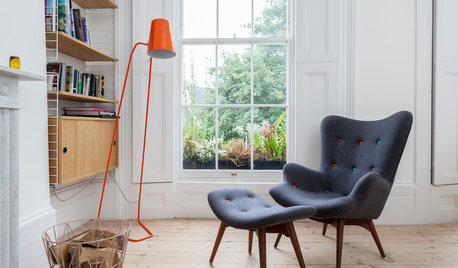
FLOORS10 Ways to Make the Most of Your Home’s Original Floors
Save yourself the cost of replacing your old floorboards with these tips for a new finish
Full Story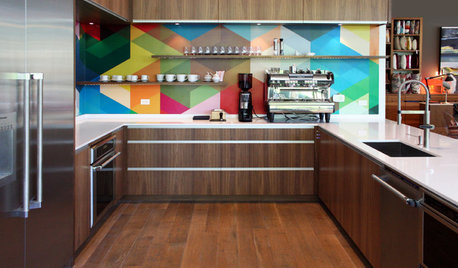
KITCHEN DESIGN12 Ideas for a Knockout Kitchen
Give your cooking space sizzle with color, pattern and materials used in unexpected ways
Full Story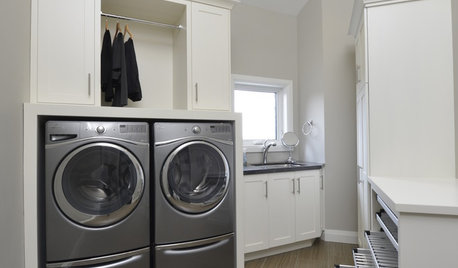
MOST POPULAR10 Smart Ideas for Your Laundry Room Remodel
Make washing and drying easier and more comfortable by considering ergonomics, storage and special features
Full Story










User
the_roaming_gnome
Related Professionals
Bon Air Cabinets & Cabinetry · South Gate Cabinets & Cabinetry · Spring Valley Cabinets & Cabinetry · Wadsworth Cabinets & Cabinetry · Tucson Carpenters · Bella Vista Flooring Contractors · Emmaus Flooring Contractors · La Mesa Flooring Contractors · Rogers Flooring Contractors · Wyoming Flooring Contractors · St. Louis Furniture & Accessories · Alpharetta Furniture & Accessories · Little Chute Furniture & Accessories · Vienna Handyman · Wolf Trap Handymansombreuil_mongrel
cuda71Original Author
the_roaming_gnome
cuda71Original Author
the_roaming_gnome